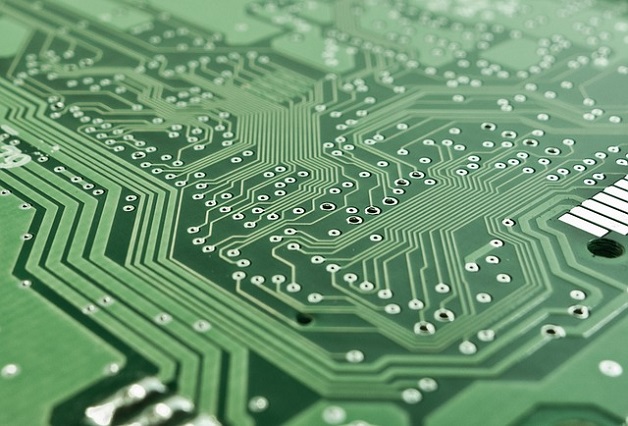In what ways are clubs realizing operational gains through new technology solutions? GGA’s Martin Tzankov outlines the solutions helping clubs to reduce costs and enhance the playing experience.
Golf and innovation do not always go hand in hand. Attempts to bolt new age technology into a traditional game and well-established club structures have often produced mixed results.
However, this doesn’t prevent club leaders constantly being inundated with new platforms, systems and applications, each with the promise of revolutionizing club operations or the member experience.
To help bring a meaningful commercial focus to this conversation, the following are some new technologies that are taking seed and proving their worth in providing actionable business intelligence, operational gains, and cost savings.
Keeping members moving
As much as we want to allow members to move around the course at their own pace, maximizing their enjoyment and social opportunity, there will often be certain individuals who create discontent through slow play.
While you may, at least anecdotally, know who these individuals are, there is often an absence of cold, hard proof.
This is where GPS-technology comes in. It’s now possible to track individual member movements around the golf course and monitor how long it takes them to play an average round. Armed with this intelligence, club leaders can address this issue and make significant inroads to solving problems around pace of play.
Clearly, there’s a balance and sensitivity to be struck when tackling this topic, and individual circumstances and other variables come into play. For this reason, you may wish to only address individuals who are repeat offenders at peak times of play – in other words, those who impede the experience for other members and guests. In any case, the data you obtain from the GPS-technology will play a fundamental role in overcoming this all too common problem.
Cutting down maintenance
There’s another side to GPS-technology; one which has the potential to unlock major cost savings. By tracking the movements of players, you can quickly establish a picture of where the common ‘pinch points’ or bottle necks lie on the course, areas where players tend to hit and lose balls, or particular hazards they find difficult to overcome.
This data will allow you to work with your superintendent more closely and proactively; looking at the root causes of the problems players face and, indeed, don’t face when navigating the course.
While there are design and maintenance tactics which can help mitigate lengthy ball searches in notorious areas, the real cost savings come from the areas where players tend not to venture…
By determining where these areas lie on the golf course through player tracking data, you can take the decision to reduce inputs and turf management in the knowledge this will not impact the playing experience. The benefits of increased maintenance efficiency to the Club are extensive. Financially, the Club will realize substantial cost savings from a reduction in chemical inputs and by doing so improve the long-term ecosystem of the course environment. From a labor perspective, reducing the managed area of the golf course will free up the workforce to increase its focus on other areas of the course and development projects. Whatever timeline you attach to these changes, the tangible long-term benefits are there and waiting to be realized.
Real-time security and data
A wave of clubs can be found upping their game when it comes to security. We have witnessed clubs installing technology such as retina scanning, geofencing, or keycards and access fobs to know who is at the club and when.
While security is the fundamental motivation behind such a move, the data this presents to clubs can prove invaluable in learning more about member engagement. Yes, there is a time commitment involved in analyzing and extracting some real value from this information, but if it can help you learn more about how some members’ engagement has tailed off, or which facilities or events they are engaging with over others, you can develop tactics to re-engage these members and boost their satisfaction levels.
Take events as an example. You may have a successful, thriving events program but find that a combination of POS and member data reveals that these are only really popular among elder members, while younger members are largely absent. We already know that the injection of younger members into these events is viewed favorably by elder members, and increased socialization will encourage a greater sense of attachment to the Club. So, it makes sense to conduct analysis into younger members’ attitudes, wants and needs from an events program so you can build on its success and make it more inclusive too.
A final thought
When it comes to implementing new technology, my message is this: be open to change. Your club may have established processes or ways of doing things, and it can be uncomfortable when technology threatens to change those. This will result in some clubs shying away when, actually, those that prosper will be accepting of the fact that change is inevitable. Not only that, they will see the opportunity change can bring.
For advice on introducing new technology to your Club, connect with Martin Tzankov.


